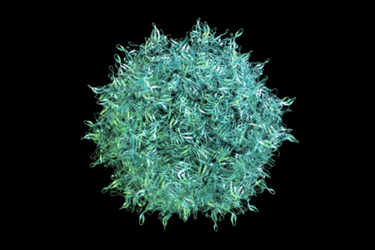Improving The Productivity And Packaging Efficiency Of AAV Manufacturing Processes Via A Process Intensification DoE Approach
By Tsai-Yu Chen, Peng Wang, James McAllister, Tam Duong, Xiang Gao, Bingnan Gu, and Wenling Dong

With at least two dozen gene therapies having received marketing authorization around the world and up to eight more with the potential to receive regulatory approval in the U.S. in 2023,1 treatments based on genetic modification have established a strong foothold globally. Hundreds more gene and gene-modified cell therapy candidates are under investigation in over 1000 clinical trials, creating high expectations for continued growth of the field.
Direct gene therapies account for approximately one-third of ongoing clinical trials,1 and three-quarters of the candidates being investigated in those studies rely on delivery of the genetic material using adeno-associated viral (AAV) vectors. That is because AAV vectors are non-pathogenic, elicit minimal undesired immunogenic reactions, and various wild-type and engineered AAV serotypes are available for targeting different tissue and cell types, allowing their use for the treatment of a multitude of indications.
A key challenge for direct gene therapy developers today is the efficient and cost-effective large-scale production of AAV vectors. Traditional lab-scale adherent cell-culture processes are not readily scalable nor practical to implement in a GMP environment. Typical processes for AAV production also generally suffer from low yields and require the use of costly raw materials. As a result, the cost of goods for gene therapy manufacturing ranges between $500,000 and $1 million, which if not addressed will prohibit the commercialization of gene therapies for the treatment of more prevalent diseases and larger patient populations.
Physical scaling of manufacturing processes is only one part of the needed solution. Improving processes' efficiency and productivity to lower the cost-per-dose is essential. Process optimization and intensification must be realized in combination with the development of more readily scalable processes. Process intensification can be achieved using fit-for-purpose plasmids and transfection reagents. A design-of-experiment (DoE) approach, meanwhile, enables rapid identification of optimum process parameters.
Get unlimited access to:
Enter your credentials below to log in. Not yet a member of Cell & Gene? Subscribe today.
